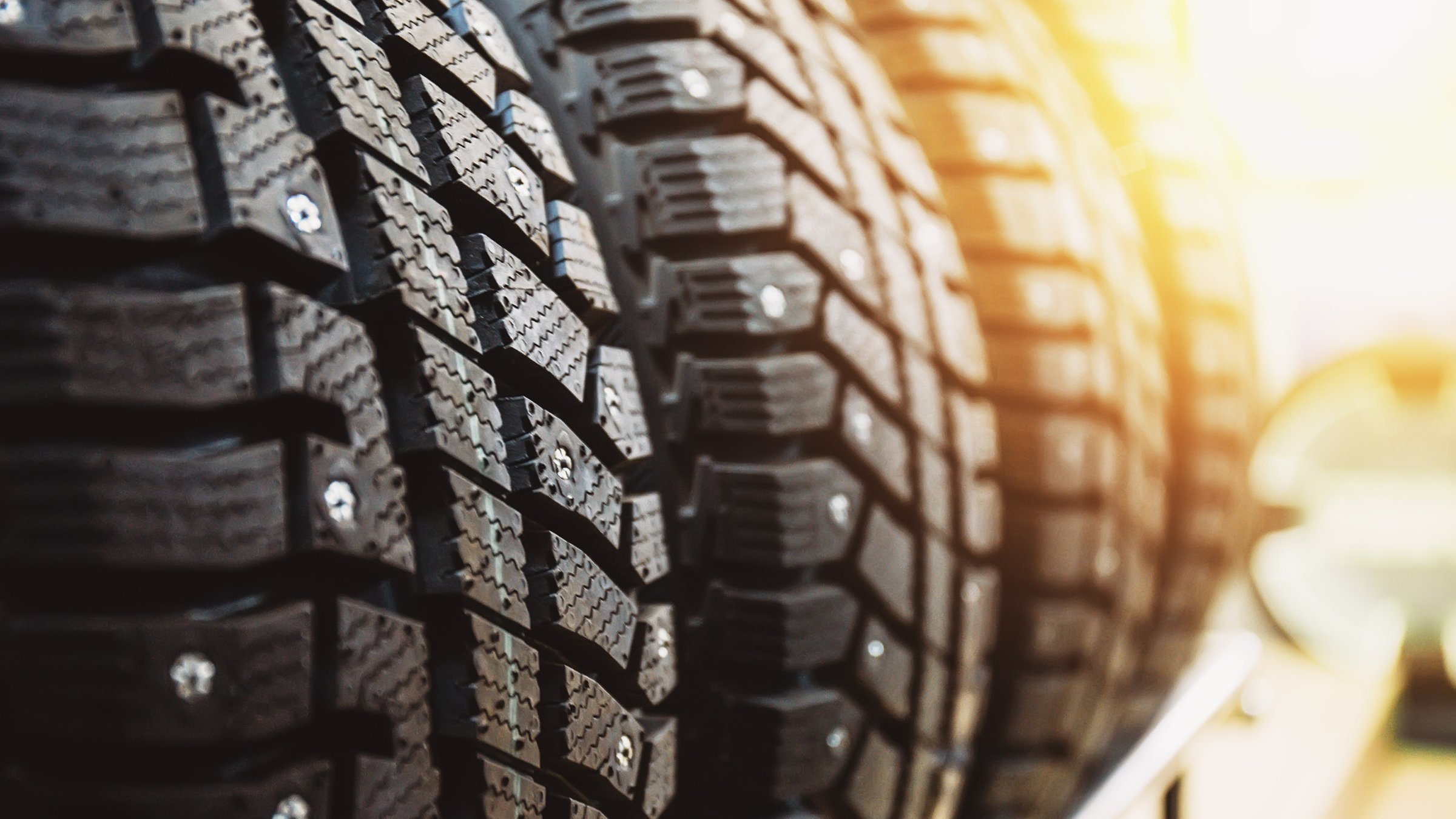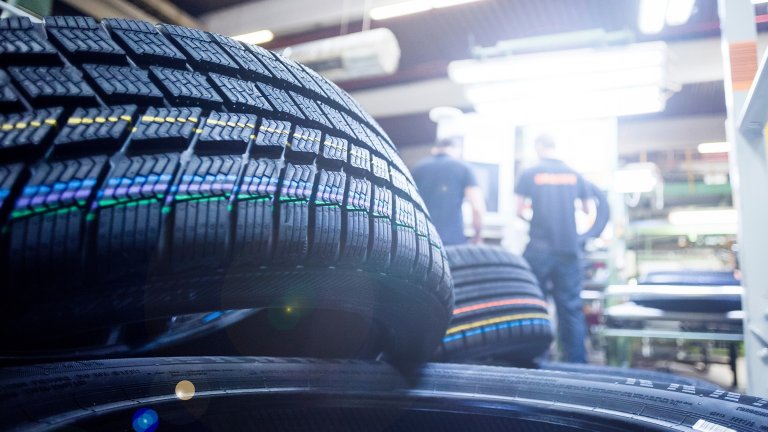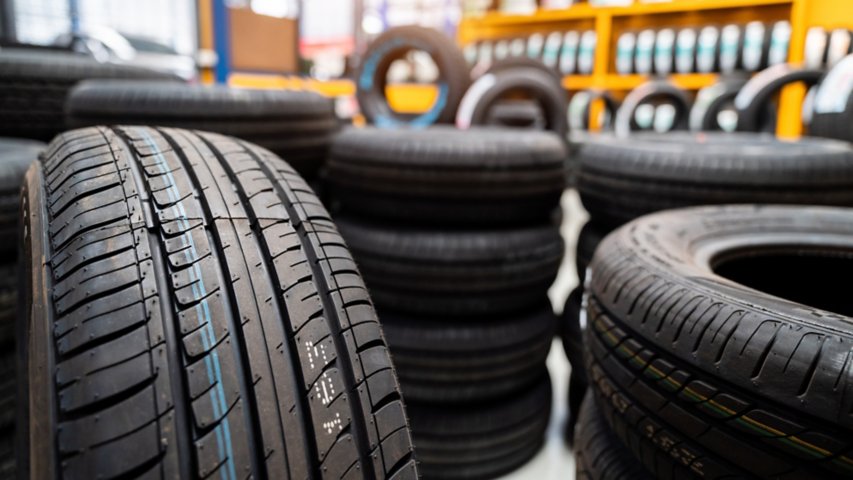They say that big problems sometimes hide in plain sight. And for tire makers facing unplanned downtime in their plants without a clear solution - that couldn’t be more true. But what was this mysterious perpetrator causing widespread industry challenges, hurting the bottom line for tire makers? The culprit was corrosion.
After discovering that atmospheric contaminants generated in the tire-making process are combined with temperature and humidity to cause corrosion on their electronic components, tire makers needed a solution. Fast.
But without an understanding of corrosion problems in their plants and no reliable solution, they were left stuck on the side of the road. However, after years of research on this problem, working closely with 3 of the largest tire makers, and realizing the current corrosion tests were lacking, we created our own solution, and developed techniques tire makers can use to stop corrosion-related risks dead in their tracks.
Driving Solutions
From unplanned downtime by newly discovered and unexpected corrosion-related failures in their industrial control products to discovering that the testing used to solve these issues was insufficient for tire production environments - tire makers were stuck in place.
After spending time understanding the corrosion issues in the plants of the world’s biggest tire makers, we discovered the problem.
Newer tire manufacturing products are even more susceptible to corrosion-causing contaminants for two reasons:
1. Miniaturization - Products have gotten smaller, meaning the spacing between the electronic components on their circuit boards has become tighter, making it easier for corrosion to short-circuit the components.
2. Changes in Air Flow - The power density of modern products requires a higher rate of airflow than older products, resulting in greater exposure to corrosive contaminants in the atmosphere.
Our test protocol is unique because it is the first test to accurately recreate and accelerate the special environment conditions within tire plants. Not only that, but we can create different corrosion products and different corrosion rates on various metals using this test. Using our proprietary test control protocol helped us evaluate the effectiveness of current products in tire plants and can be accelerated to provide increased assurance that the control-system products will perform reliably over time. This allows us to develop new mitigation strategies as needed in the future.
Combat Corrosion
Dealing with plant downtime is like driving with the emergency brake on; you’re moving but going nowhere fast. Whether a tire manufacturer or machine builder, you can improve uptime in tire plants using a multi-layered approach to corrosion management. The first step is to understand how severe the issue is across the whole plant, which is accomplished using multiple corrosion coupons—placing some inside and some outside the enclosures. After understanding the severity of corrosion in your plant with the placement of numerous corrosion coupons, you can begin developing a direction on how to reduce it and learn how to mitigate a problem affecting global tire production—our two suggestions: Corrosion-resistant control system products and robust sealed enclosures.
Our corrosion-resistant products can reduce the impact of corrosion-causing atmospheric contaminants in your tire plant – ultimately preventing unplanned downtime. Conformal coating provides a critical layer of control-system protection when included with a more extensive corrosion-management approach. It involves spraying a non-conducting substance, an insulator, onto a device or component within a product. This thin film “conforms” to the assembly’s profile to help protect it from corrosive gases, humidity, and other environmental stresses.
There are even instances where drives have been created to combine conformal coating with several additional design modifications to improve performance in the unique environments found in Tire plants. These products combine conformal coating with several other design modifications to enhance the performance of tire plants.
However, conformally coated products alone are not enough. The next important layer of protection is a robust, sealed enclosure to improve the lifecycle of your control-system products. A robust, sealed enclosure can reduce the exposure of sensitive components to corrosive contaminants, both atmospheric and particulate. At a minimum, the enclosure must be specified IP54, and you must add sealing to prevent gasses and particulates from passing from the outside to the inside.
When working with enclosures, it’s essential to consider some overlooked steps. Ensure an enclosure’s layout, temperature reduction inside, and spacing of products on subpanels conform to the manufacturer’s recommendations. This can help reduce the risk of heat-accelerated corrosion. Keeping humidity to a low value will help eliminate cyclical humidity-related downtime. Additionally, added heat stemming from heat-generating devices can increase corrosion and cause devices to fail if not mounted with the recommended clearance.
Putting Rubber to the Road
Our new test protocol has one purpose: to help you get the most from your automation investments and improve uptime in your plants. Adding layers of defense such as corrosion-resistant products and robust, sealed enclosures can reduce exposure and the impact of corrosion-causing contaminants.






